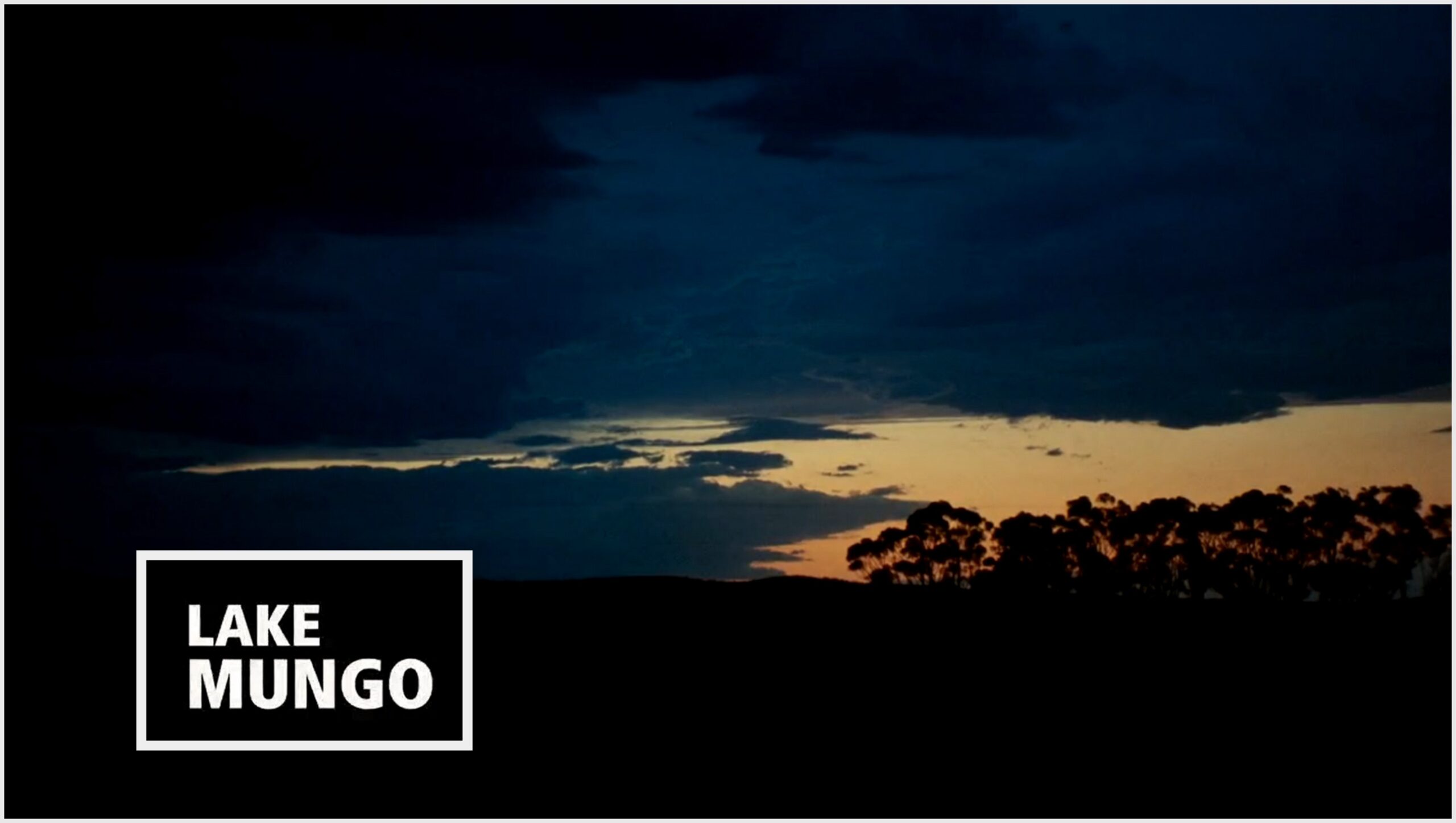-
Apparitions in Ararat

Recently, I began my latest dive into the darker genres of film and television. A fair amount of horror with sprinklings of tense dramas and crime documentaries. Included in the itinerary were 2021’s Sasquatch and 2024’s I Saw the TV Glow, plus revisitations of classics like 2003’s Memories of Murder.
Sasquatch was a clever bait-and-switch which I did not mind one bit. I suspect people who believe in cryptozoological creatures may feel differently, but I found its central conceit extremely effective. I Saw the TV Glow was a heart-wrenching exploration of identity, expression and acceptance. It is unfortunate that this type of conveyance of the trans experience, in the language of psychological horror, resonates as it does within our current zeitgeist. Memories was as spectacular as the first time I watched it. Not too many films globally reach the cruising altitude of peak Korean cinema.
I would highly recommend all the aforementioned works.
Spelunking into cultural caves often neglected by the mainstream also brought me to revisit another classic: 2008’s Lake Mungo. Part of a solid and growing output of Australian horror in the twenty-first century, alongside the likes of The Babadook (2014), Relic (2020), and Talk to Me (2022).
Mungo is strange because since its release, critics and audiences have given it widely disparate reviews. They have labeled it as “one of the scariest films ever made” and “a masterpiece” as often as mentioning it as “nothing unique” or “boring”. It is the kind of reputation that helps a movie develop cult status and invites in budding cinephiles as the years pass by. One’s experience of any piece of art will be tempered by taste, and Mungo may on the surface seem quite a polarizing creation: a low-budget pseudo-documentary ghost story. Perhaps not screaming “revolutionary” or “special”.
Allow me to relay my thoughts. I love this film. And to those who have never given horror a try or despise scary flicks, I would suggest this as a gem not be overlooked. Frankly, an ideal introduction to an oft-dismissed genre. Its scares are well-placed, telegraphed and layered. It is horror of the highest order – where fear and sadness are intertwined with hope and elation to produce a more meaningful narrative.